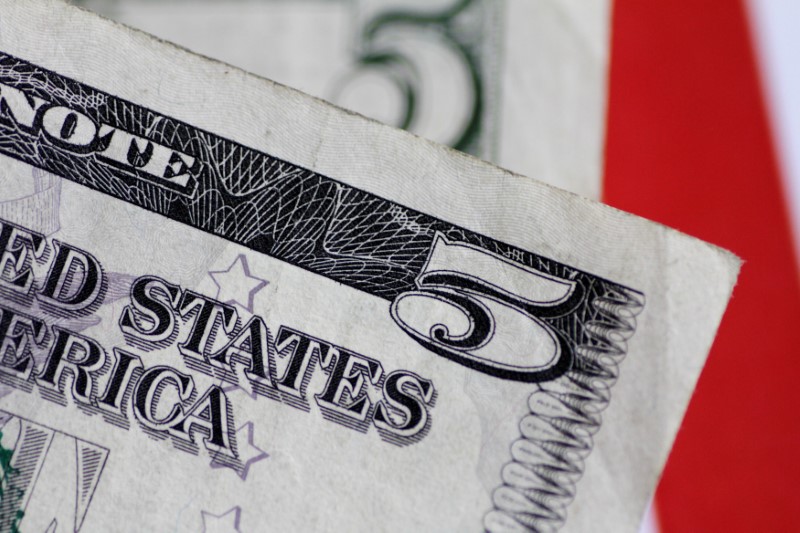Investing.com - The dollar struggled to make headway in cautious trade on Wednesday, as concerns over the protracted trade dispute between the U.S. and China and the knock-on effects on the global economy saw bond yields continue to slide.
The U.S. dollar index against a basket of six major currencies edged up to 97.98 by 02:45 AM ET (06:45 GMT) after dipping 0.1% overnight.
The greenback had a shaky start to the week, but recovered as safe-haven Treasury yields bounced from multi-year lows after U.S. President Donald Trump sought to ease trade tensions by predicting another round of talks with Beijing. China's foreign ministry, however, reiterated on Tuesday that it had not received any recent telephone call from the U.S. on trade.
An escalation in the trade tensions between the world’s two largest economies has roiled financial markets in recent days after both sides threatened to slap tariffs on each other's goods worth billions of dollars.
The dollar's peers, notably the safe-haven yen, have been boosted as falls in long-term Treasury yields deepened the inversion of the U.S. yield curve.
A bond yield curve inverts when long-term yields trade below short-term yields and is commonly considered a signal of an impending economic recession.
The yield on benchmark 10-year Treasuries stood at 1.4861%, compared with the two-year yield of 1.5220%.
The dollar was a shade higher at 105.79 yen after shedding 0.35% overnight, but still up from an eight-month low of 104.46 hit on Monday.
The euro was flat at 1.1085 after inching down 0.1% on Tuesday when it had managed to recoup some of the intraday losses on hopes that a snap election in Italy could be avoided.
The British pound slid 0.17% to 1.2267. Sterling had hit one month highs on Tuesday after Britain's opposition leader Jeremy Corbyn said he would do everything necessary to prevent a no-deal Brexit.
The Australian dollar was down 0.16% at 0.6740 after Reserve Bank of Australia Deputy Governor Guy Debelle said a weakening domestic currency was supporting the economy and that further falls would be beneficial.
The Aussie has fallen to a decade-low of 0.6677 early in August, weighed by factors including RBA's monetary easing bias and a bleaker economic outlook in China, Australia's largest trading partner.
--Reuters contributed to this report
